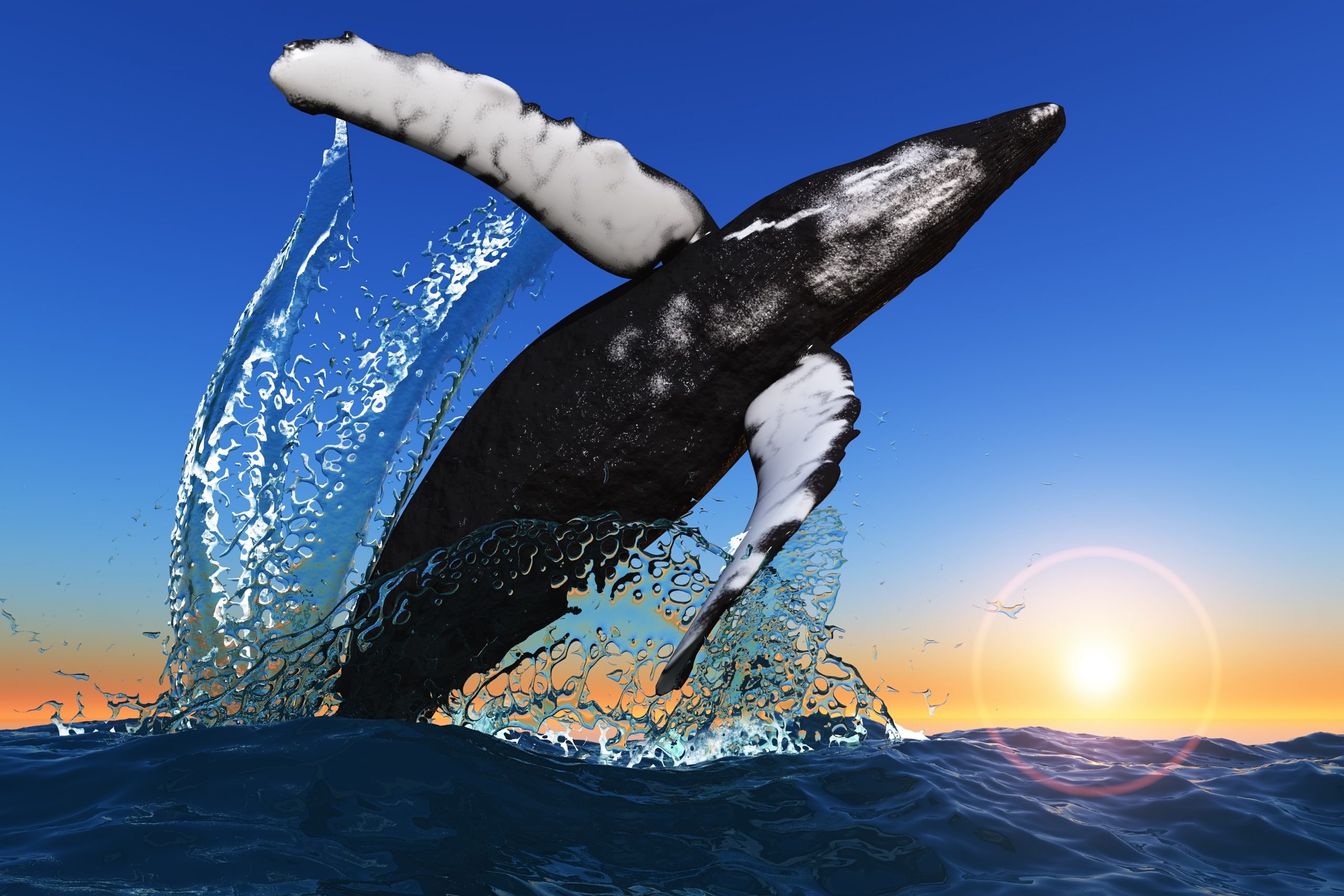






How often do we travel to far flung and exotic locations and continents in search of wildlife? I know this is something I personally used to do and enjoyed immensely. But to see species that otherwise may lure us overseas, right on our home turf takes some beating. If planning a trip for example for the best encounters with Humpback Whales, exotic locations such as Antarctica, Baja Calafornia, Hawaii or closer to home Iceland would all feature on the list but Shetland in mid winter?
This set of images were all taken just last week on the 2nd December off Yell, Shetland. Over the past three weeks there has been up to four Humpbacks inshore between Yell, Fetlar and Unst. They have especially favoured the stretch of water south of Hascosay off Vatster and further south along east side of Yell. We’ve enjoyed sightings of Humpbacks moving north through this area into Bluemull Sound several times now in recent winters, (with mid to late winter appearing to be peak time) but this year they have hung around.
What we were amazed to find on the day we took a boat trip with Peter Hunter out to look for them was that in the area they are favouring most the sea was literally solid with Mackerel shoals, often reading on the sonar down to a depth of 30m, a mass of mackerel from surface to bottom! We could not say however whether they were actually feeding although it looked as though they were. In total we spent about two hours with them before needing to head home as the mid winter sun started to set. I feel really lucky to have seen ‘Humpies’ many times in Shetland and in some truly awesome locations such as Antarctica and Hawaii but this was an encounter I will never forget.
They appeared completely at ease with the boat and our presence, obviously taking a responsible approach we would cut the engine and drift, with them repeatedly working a circuit they’d come right to us, often surfacing as close as 10 metres from the boat, when their blows sprayed our very faces. They passed many times right under us, the ghostly form of the white pectoral fins clearly visible just a few metres bellow.
Seeing any cetacean at close quarters is a true privilege but this day they took the show to another level and really did perform. It was as if they wanted to show us everything they had; spyhopping, pectoral fin and tail surface slapping, the characteristic and iconic tail flukes but the best of all was the positively epic full breach.
I was particularly intrigued by the tail slapping; far from being any sort of cetacean expert I assumed that like Killer Whales, which I often see tail slapping that it would be in some way related to feeding technique or just for fun but it appears it is also thought to be a way of communication. This would make sense as the four whales, paired off in two’s (but seen together on other days) kept quite some distance from each other, usually at least half a mile or more while we were there but always in the vicinity.
It is clear that Humpback whales in British waters is certainly becoming increasingly more regular. Over the past decade sightings have increased particularly off of North East Scotland, western Isles and indeed Northern Isles and we are seeing them annually here. With population recovering well in North Atlantic it is quite probable that occurrences will continue to rise. It is not yet clear however whether British sightings involve western or eastern Atlantic populations although the latter, including Norway and Iceland seems more likely. These areas have seen significant increase in Herring and Mackerel population especially so may tie in with why they are here too. Who knows, perhaps they are now present inshore year round, which would explain the sightings throughout the seasons.

No responses yet